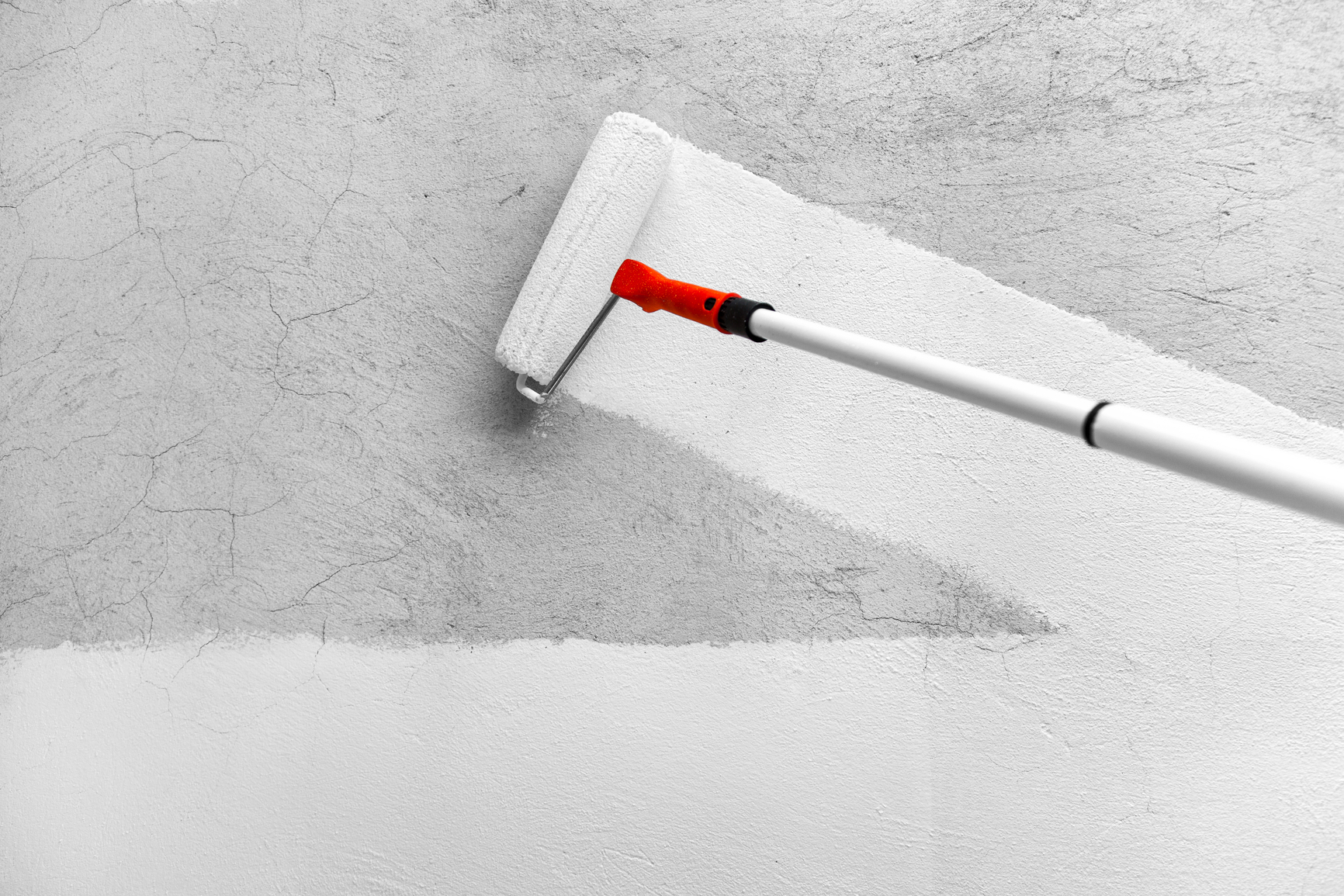Do You Really Need Primer Coat Before Painting?

What is Primer?
The primer must be applied before painting either in outside building’s components or inside partitions and walls. It is really important to prepare the surface by sanding it before applying any coat of primer paint.The most important function of the primer is that it will assure that the surface being painted will last longer and the final product can be more eye-appealing. Furthermore, applying primer before the paint coat will provide extended paint coverage and will provide a smoother finish appearance.
Do you need to apply primer over all surfaces? Yes, the primer coat should be applied over drywall, wood, metals and painted surfaces.
What Are the Benefits of a Primer Coat
Applying primer over new surfaces might reduce the amount of paint being absorbed by the surface. The primer will help you on hiding seams and joints, and probably other small defects, when it is applied to drywall and other surfaces. However, it is very important to know that there are many types of primers and you need to determine which one is the one that goes with your application and material. The main function of priming is to ensure that any successive layers of paint adhere to the surface properly.
Sometimes primer could be mixed with a small amount of the paint into the primer as it will provide a lightly tinted color to your primer. By doing this you will help “hiding” the existing color before applying the new color over the wall.
This is recommended especially when the final color of the surface is lighter than the original color of the surface. The list below contains some of the basic primer types.
When to Use Oil-Based Primers
An oil-based primer is the recommended options in areas that withing reach and are likely to be touched, such as doors, windows, and cabinets.
Oil-based primers require mineral spirits for thinning and cleanup but they are great on providing barriers to keep the wood from bleeding through. These types of primers are good to use on unfinished wood, cedar, weathered wood and over existing paint that is cracking.
Best Flexible Primer
Latex primers are great for blocking stains and even better when the surface has areas that were filled with paste. They provide a great flexible finish with excellent cracking resistance and are recommended to be used on bare wood. Before applying it, make sure you try it first in a small are to see if they raise the grain. Use on interior and exterior surfaces including woodwork, see if they raise the grain. Flexible primers shall be your best option on interior and exterior surfaces including woodwork, drywall, plaster, masonry, brick and painted metal.
All Purpose Primer
All-purpose primer is ideal for interior and exterior applications and is the most used option among all primers. It is very advantageous because of its strong adhesive properties, and it works without the solvent odors and high VOCs common with most stain-blocking primers.
Metal Enamel
An enamel primer is usually applied over metal and wooden surfaces. This type of primer will serve as a protective and decorative coating. It’s great when used under flat or enamel paint and can be gently sanded prior to painting. This type of primer comes in satin, gloss and semi-gloss finishes.
Other Options
A paint and primer in one product can be another option to consider as it will cover and seal in one coat. These primer products will work for painted surfaces, providing excellent coverage in one coat although is not being used a lot by builders and contractors. Sometimes you might want to have one coat of this all-in-one product and then apply the final paint coat or use one of the regular primers before applying the painting coats. However, as with any all in one product, be very careful that the product you are using can serve as both and that the quality offered is the one you are expecting.
By Juan Rodriguez
Article From: www.thebalance.com